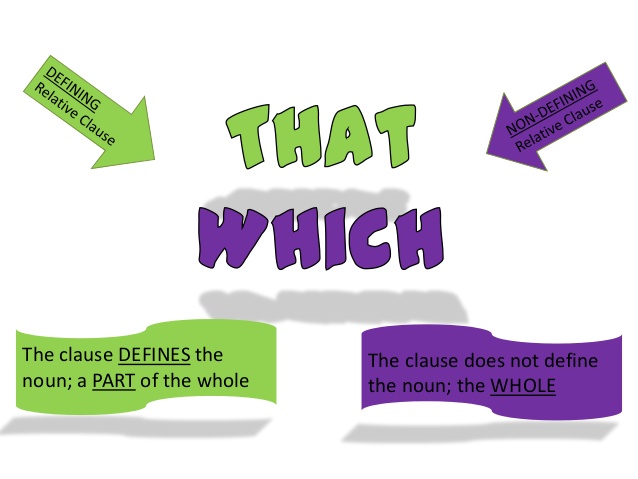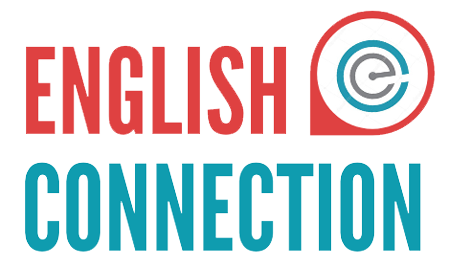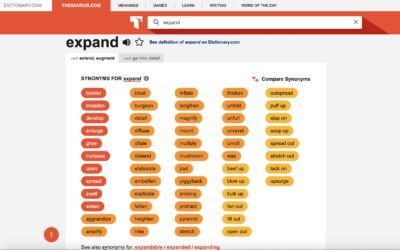
I often get this question from my learners, “What’s the difference between that and which?”
If you’re confused as well don’t worry, here’s how to get your head round the difference once and for all. Let’s look at these two sentences below:
The cat, which my mother gave me, is called Gizmo.
The cat that my mother gave me is called Gizmo.
The first difference to note is the punctuation.
The sentence using ‘which’ has two commas wrapped around which my mother gave me. The sentence using ‘that’ doesn’t have any commas at all.
In fact, a good rule of thumb is that you should never put a comma before that.
So these sentences below:
The cat that my mother gave me is called Gizmo.
The cat, that my mother gave me, is called Gizmo.
will always look wrong. But there’s also a subtle difference in meaning.
And those two commas in the sentence with ‘which’ are key to helping us see it.
Notice how they function almost like brackets.
The cat (which my mother gave me) is called Gizmo.
The bit about my mother is almost incidental.
The sense of the sentence is: ‘I’ve got a cat called Gizmo, oh, and by the way: he happened to be given to me by my mother.’
‘The cat that my mother gave me is called Gizmo’ has slightly different overtones.
In this case, the information provided after ‘that’ is essential to the meaning of the sentence. It implies there may be other cats.
For example:
The cat that my mother gave me is is called Gizmo, but I also have another cat called Bob.
To remember the difference just think W.H.I.TE.
Which
Incidental
That
Essential
Use ‘which’ for incidental information. And ‘that’ for essential information.
These days many writers use ‘which’ without commas where a careful writer would use ‘that’.
For example:
“The cat which my mother gave me is called Gizmo, while the cat which my brother gave me is called Bob.’
Using the comma-less ‘which’ instead of ‘that’ here is so common I would say it has almost become acceptable usage.
Except among the most pedantic of writers.
But that doesn’t mean ‘which’ and ‘that’ are completely interchangeable.
The cat, that my mother gave me, is called Gizmo.’ with commas still always looks wrong. The ‘that’ here needs to be a ‘which’.
To sum up: just remember these three pieces of advice.
First of all, never use a comma before ‘that’.
Second: remember W.H.I.T.E. ‘which’ for incidental information and ‘that’ for essential information.
And finally, if in doubt, use ‘which’. It’s used more often so you’re more likely to be right.
What about you? Do you have an English grammar rule that’s confusing and you want to clarify? Why don’t you share them with me and the English Connection community in the comments section below!
These bitesize mini-lessons are given to you complimentary when you sign up and join the English Connection community.






0 Comments